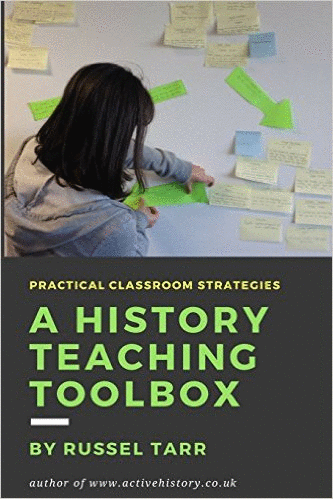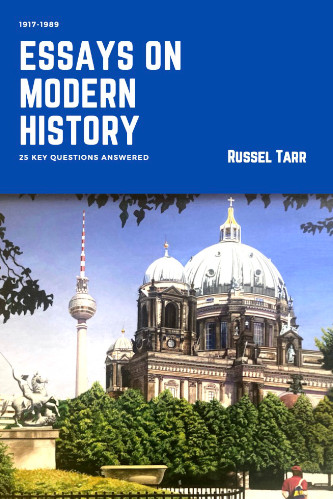A. |
UNSCOP and the Debate about the Future of Palestine, 1947 |
| 1. | UN Debate on the Future of the Middle East: Roleplay Investigation In 1947, UNSCOP (the United Nations Special Committee on Palestine) was given the task of working out a proposal for the future of Palestine. They considered 6 possible courses of action. In this activity students will consider the advantages and disadvantages of the schemes they put forward and decide if they settled upon the correct one. There are also some teacher notes for this lesson. |
| 2. | UN Debate on the Future of the Middle East: The Reality In the event, UNSCOP was divided about which of these proposals was the best way forward. The Majority Plan (8 votes) supported partition qualified by economic unity. The Minority Plan (3 votes) supported the federal state solution. In this activity students read through primary sources relating to the decision-makers and decide whether they agree with UNSCOPs conclusions. |
| 3. | UN Debate on Partition of the Middle East: Roleplay Three people in the class will be in role as members of the UN. They will have vote later on which of the proposals presented to them is the most likely to bring lasting peace to the region. The other members of the class are in role as Arabs & Jews. Each pair of people within these two groups needs to produce a partition proposal for the region. Using map resources they decide how to divide the region into Jewish, Palestinian, and International zones. These plans are then presented to the UN, who will vote on the best plan. |
| 4. | UN Debate on Partition of the Middle East: The Reality: (a) Plans prior to 1947 UN Debate on Partition of the Middle East: The Reality: (a) Plans of 1947 Whilst the three "judges" are deliberating which partition plan is the most appropriate, the members of the other two groups can be completing these two worksheets. |
| 5. | Concluding Essay-Planning / Write-up Students are given guidance on how to write an essay answering the following question:"The United Nations partition plan was the best possible solution to the crisis facing the region by that time" – to what extent do you agree with this statement? |
| 6. | Factual Test A short factual test can be used to round off this unit. |
B. |
The Declaration of the State of Israel and the War of 1948-49 |
| 1. | Introduction and Overview The UN General Assembly voted in principle to accept the UNSCOP Majority Plan for partition (with some amendments) in November 1947. On May 14th 1948 David Ben Gurion, leader of the Zionists in Palestine, suddenly declared the independence of Israel. The following day 5 Arab nations invaded the new Jewish state. Israel emerged victorious and with territory far in excess of what had been proposed by the UN. For the Palestinians this was "Al Nakba" – the disaster. This worksheet requires access to the "Days that Shook the World" documentary that can be purchased via Amazon. |
| 2. | Timeline of Events Using sources available, students complete this timeline. When they are finished, they decide colour code the events in a meaningful way of their choosing (e.g. social, political, military – discuss with a partner). A series of YouTube videos are used in relation to this worksheet. |
| 3. | Timeline Factual Test To ensure that students have gathered the essential information, they should take this "fill the gaps" exercise which contains 15 questions in a table following the same format as the timeline in the previous worksheet. There is also a completed teacher version available. |
| 4. | Analysis: Why did Israel win the war of 1948-49? Working with a partner, students cut up these slips and then organise them under headings of their choice. Some of the slips may be arguments, whereas others may be substantiating detail you can use to back up these arguments. They should aim for 3-5 categories of analysis which they can develop later into an essay. They should compare your ideas as a class, and consider too how they could link the categories together. |

© 1998-2026 Russel Tarr, ActiveHistory.co.uk Limited (Reg. 6111680)
1 Torrin Drive, Shrewsbury, Shropshire, SY3 6AW, England
Privacy Policy | Contact






